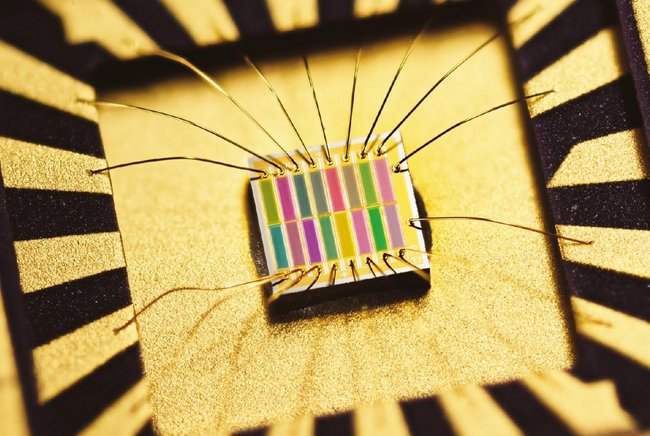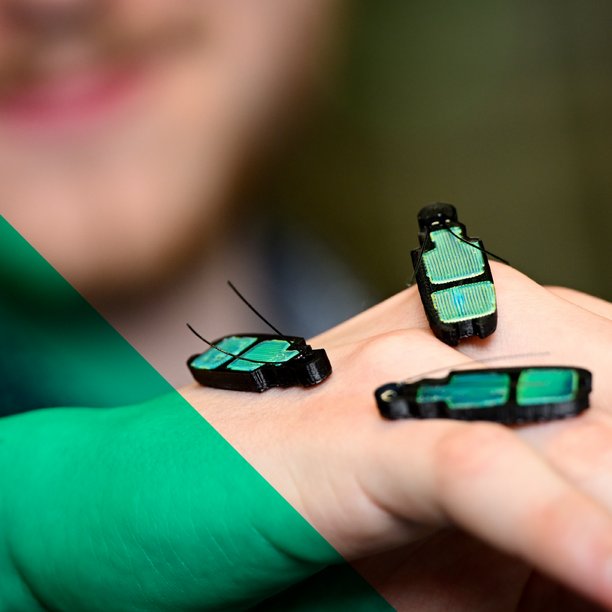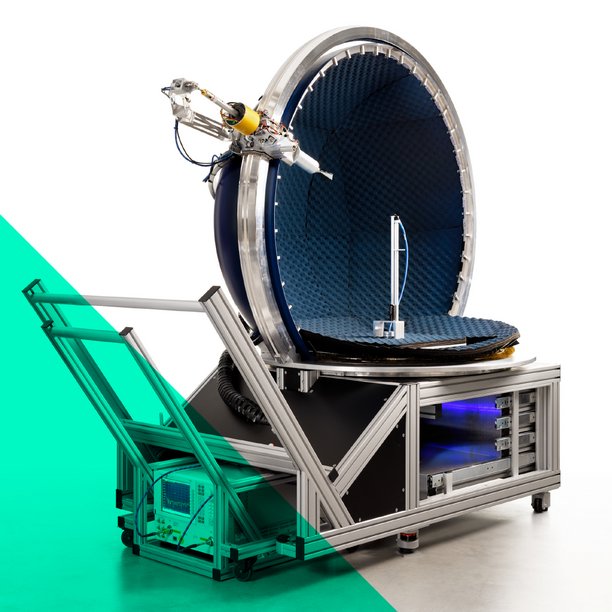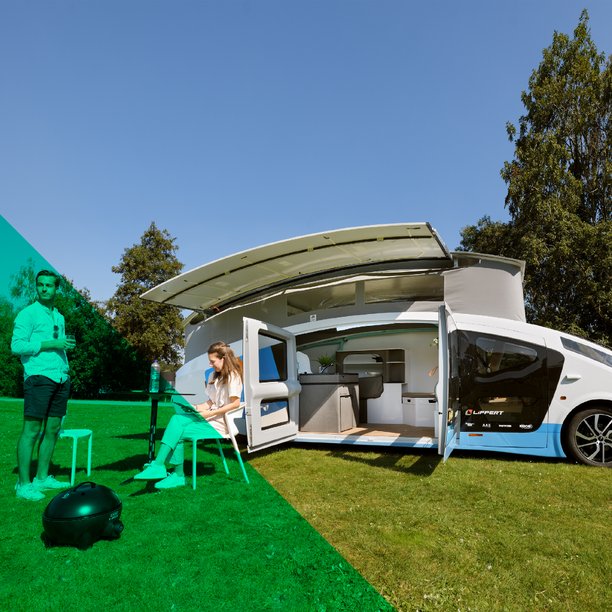TU/e presents Drivers of Change at Dutch Design Week 2022
TU/e is present with an exhibition at Dutch Design Week 2022 from October 22 to 30. Drivers of Change brings new research and designs that have an impact on the society, technology and science of the future.

Dutch Design Week is an annual highlight in Eindhoven, where designers, companies and educational institutions showcase what they have to offer. This year, the TU/e showcases a selection of research and design subjects to the general public on the Ketelhuisplein at Strijp-S. This year, TU/e opted for a more compact exhibition with 5 major themes: Sensing the invisible, Better Health, Building the Future, Sustainable World and Design thinking.
Short and sweet, that is how the Drivers of Change 2022 exhibition highlights areas of research and design in which TU/e wants to make a difference, today and in the future. Because, it can no longer escape anyone's attention: society is facing enormous challenges worldwide. Whether considering climate, sustainability, efficiency, food, healthcare, energy, housing, or mobility: there is work to be done.
Project Manager Lucas Asselbergs: “Sustainability and health are in fact the two main themes and, in my opinion, also the biggest issues for the future. In the five thematic areas you constantly come across these two main themes. The awareness that we are facing major social transformations is also evident at TU/e.”
Cross-section
The 23 projects now on display form a nice cross-section of research areas being spearheaded at TU/e. Of course, whether a subject has been exhibited at the DDW before and whether there is a strong (visual) design component that comes into its own at the exhibition, also impacted the selection process.
Asselbergs: “For an exhibition, the expressiveness of what is exhibited is very important, and that was a big challenge for Drivers of Change this year. I think we succeeded in presenting subjects that do not naturally lend themselves to a public exhibition in an attractive way. For example, we make it clear how being able to register the invisible will have a very big impact on our future, as in the case of biosensing and the antennas for 6G.”
The research projects will be on display in glass containers on the Ketelhuisplein. Attending staff and students can inform visitors, when they have questions. The grand opening will take place on Saturday, Oct. 22, with Stella Vita, Team Solar Eindhoven's camper-on-solar-energy, also stopping by and the team providing refreshments.
“Every year we like to make a celebration of the opening day. Now that we can unpack again, we will do just that,” says communications advisor Jeanette Schoumacher. “Everyone is welcome to stop by and take a look. Saturday will be busier than a weekday, but that is precisely why it is extra cozy and festive. Besides our exhibition, there is something to see for everyone on the Ketelhuisplein at Strijp-S.”
Lectures
This year TU/e is collaborating with Pakhuis de Zwijger to host an interesting lecture series on design and our society from October 24 to 28. The lectures will take place on the TU/e campus and are free to attend, although advance registration is recommended to ensure a seat in the room.
In addition, the online component of the DDW is also well-stocked this year. Design United's online shows showcase daily emerging design talents from the four collaborating technical universities of Delft, Eindhoven, Twente and Wageningen (4TU).
More information
Read more about the exhibition projects and interviews with the researchers in the Drivers of Change 2022 exhibition booklet.
General information about all exhibitions, lectures and events during DDW can be found here. Backgrounds and more information about Drivers of Change can be found on their own website.
Latest news


![[Translate to English:] [Translate to English:]](https://assets.w3.tue.nl/w/fileadmin/_processed_/e/0/csm_BvOF%202019_1031_BHF%20license%20TUe%20ILI%20copy_8a50884392.jpg)


